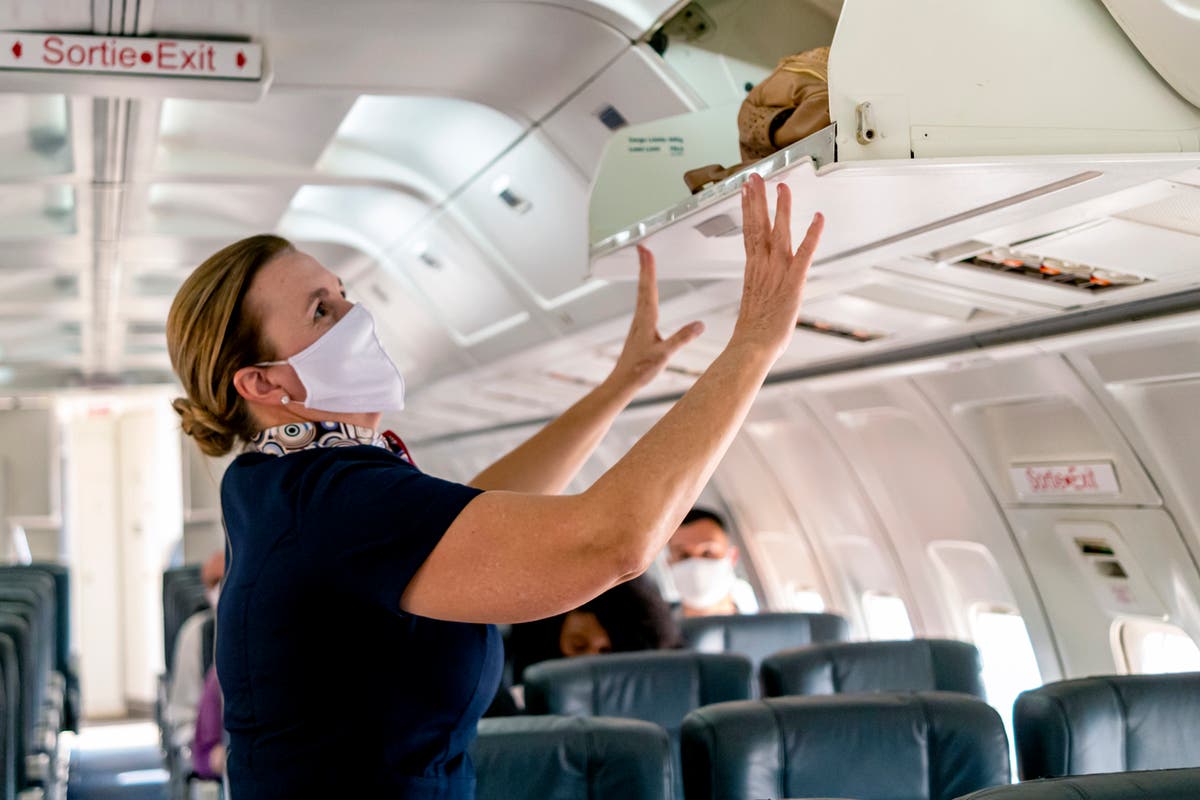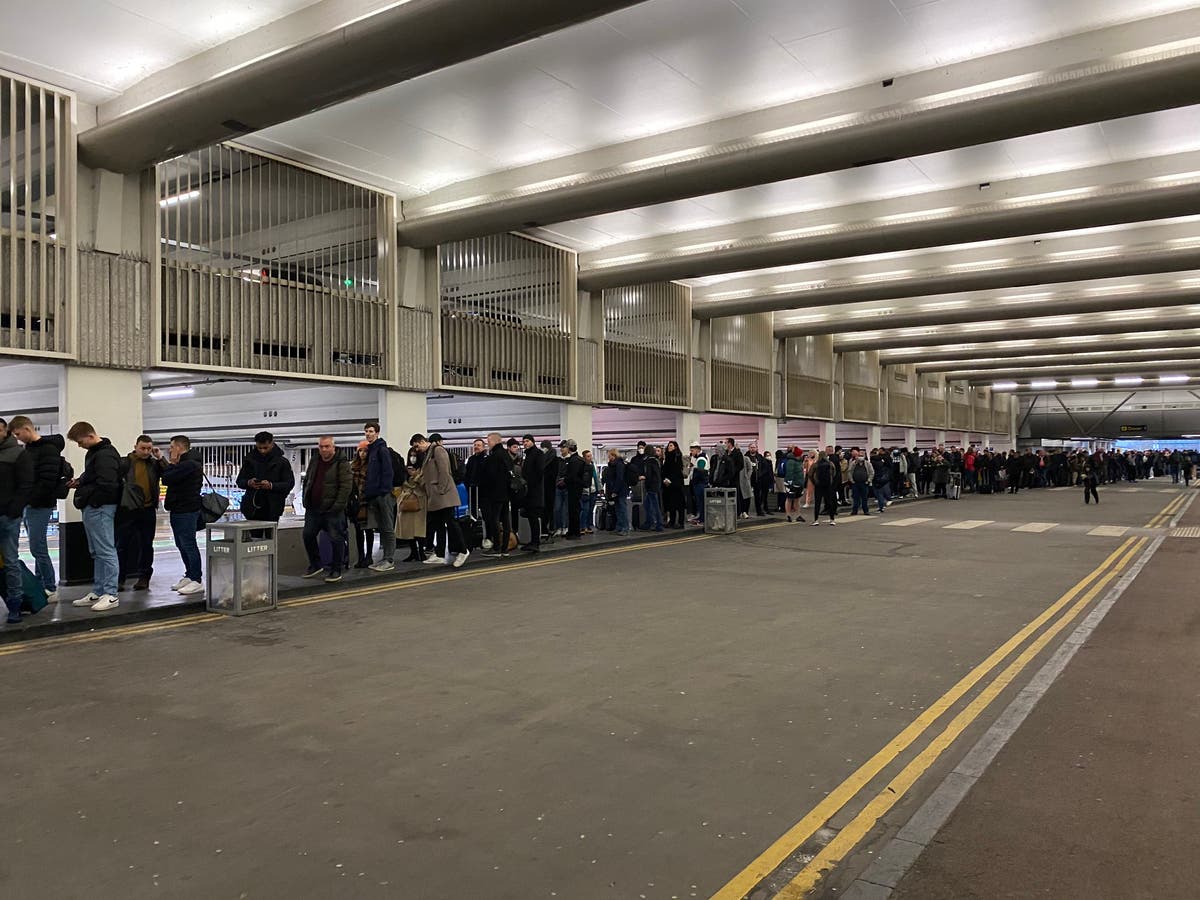Why Valencia is Spain’s unsung foodie hero
The birthplace of paella has a drool-worthy culinary scene that far outstrips its love affair with rice, finds Helen Coffey

“Paella doesn’t have seafood in it. To a Valencian, that is not paella.”
Valencia local Eduardo Aguilar tells me this with just a hint of contempt as we chat over small plates showcasing some of the region’s best produce, in his atmospheric cave-turned-tasting room.
I can’t help but raise an eyebrow at the statement – the paella I know is all about seafood, isn’t it? Rice the colour of saffron in a giant skillet, with plump prawns still sizzling in their shells alongside juicy pieces of chicken: that’s the image that flashes before me when the quintessentially Spanish dish is invoked.
But, since Valencia is the original birthplace of paella, I don’t really feel I can argue with him.
Eduardo seems to sense my misgivings: “It’s a rice dish, yes, one of many we make. But there’s no fish in typical Valencian paella – just rabbit, chicken and green beans.”
Tapas tastings take place inside an 11th-century cave
(Helen Coffey)
Paella is a serious business in this city by the sea, just down the coast from Barcelona. It is woven into the fabric of life for Valencians – so much so that they are currently going through the process of getting it enshrined into the Unesco list of intangible heritage. The entry isn’t just about the foodstuff – rather, it’s about what paella represents as a cultural practice. Eating is one part of the picture, but paella revolves around getting together – “It’s never eaten alone,” I’m later told by Eva from the tourist board – and celebrating, making time to see friends and family. Much like roast dinner in the UK, it’s a dish best served on Sundays with a group of loved ones.
“Monday to Saturday, we eat rice; Sunday, we eat paella,” says Eduardo.
As it’s not Sunday, he gives me an alternative taste of the Valencian love of this staple grain with a classic seafood rice, dyed ebony with squid ink, scattered through with tender morsels of squid and shrimp and imbued with the most moreish umami flavour.
It’s made all the more pleasurable by the surroundings: a cave dating back to the 11th century, converted into an evocative hospitality space. The rough-hewn walls make a rustic-chic backdrop to this celebration of all things Valencian. The tapas tasting is just one half of the experience offered by Eduardo and his team at Sea Saffron – they recently launched a package where guests get a tour of Valencia’s gorgeous walled old town, showcasing the hidden gems tourists often miss and sharing its rich history, before retiring to this unusual space to chow down – and sip – the highest quality local fare.
Monday to Saturday, we eat rice; Sunday, we eat paella
Eduardo Aguilar
It’s a formula that works; I’m fresh off the train when Eduardo swings by to guide me round, providing the perfect introduction to Spain’s third city. It’s my first time in Valencia, and I’m immediately taken with the architecture, a wealth of 17th-century buildings constructed during the Spanish Golden Age. He takes me first to the Church of San Nicolás de Bari, called “the Sistine Chapel of Valencia” by those in the know. With some parts dating back to 1238, the church’s interiors were blackened with smoke during the Spanish Civil War and only restored 10 years ago. Fabulous Antonio Palomino-designed, 17th-century frescos inspired by Saints Peter and Nicholas were finally uncovered, frozen in time and hidden beneath the grime. It’s a place to simply stop, stare and savour (the complete lack of crowds, as much as anything else).
At the other end of the spectrum, we check out a prime example of Valencian Modernism, the Casa Punt de Gantxo, while Eduardo tells me that some students of the famed Barcelona-based architect Gaudi came here in the early 1900s to try out their ideas.
Back at the tasting room, I learn that Valencia’s obsession with food goes way beyond rice (though it will plainly always be the city’s first love). Chilled-to-perfection gazpacho; “napkin cheese” – Valencia’s answer to mozzarella – floated over olive tapenade on rye; classic tortilla; an elevated version of patatas bravas with quail eggs served on half a fried potato and dusted with paprika; and zesty citrus granita topped with cream and a whisper of cinnamon.
Horchata and fartons, the perfect combination
(VisitValencia)
And all of it washed down with tasters of local wines and craft beer - the former being more floral and bosky than in other parts of Spain, with producers increasingly passionate about reviving grape varieties that were once native to the area. The latter is the locally produced Mascletà, which has a satisfyingly rounded palette, light yet fulsome in flavour – it doesn’t surprise me when Eduardo says it’s stocked in Valencia’s top-rated restaurants.
As I roll into bed that night, I wonder how I could possibly ever eat again. And yet, somehow, I do.
Next morning brings a wander around the Mercado Central, a glorious architectural masterpiece stacked with endless stalls selling fruit, vegetables, meat, fish, cheese and all manner of foodstuffs. Unlike Barcelona’s main market on La Rambla - near-destroyed by overtourism and full of overpriced produce aimed squarely at foreigners - Valencia’s is still used by locals doing their weekly shop, with reasonable price tags to match. I make a beeline for the horchata stall to pick up one of the city’s most beloved beverages: ice-cold tiger nut milk. Sweet, silky and incredibly refreshing, it’s best enjoyed alongside farton pastries – perfect for dipping.
I learn that Valencia’s obsession with food goes way beyond rice (though it will plainly always be the city’s first love)
Stomach warmed up, it’s time to hit one of the city’s trendiest new openings for lunch: La Sastrería in the beach-adjacent Canyamelar-Cabanyal neighbourhood. This restaurant pays homage to all things seafood, serving up course after course of exquisitely reimagined Mediterranean fare. Its red prawn and coral liquid croquettes, smoky aubergine with artichoke cream and hazelnut crunch and hake doused in miso-hollandaise sauce are reasons enough to swing by. But the award-winning interiors are also a mood. Designed by Masquespacio, the place is covered head-to-toe in striking tilework in forest green, white and blue. The shop used to be a tailor’s, and there are cute nods to this too, with waiters’ aprons featuring tape measures. Still not convinced? There’s always dessert – the gooiest, creamiest cheesecake with the merest hint of stilton, plus zingy raspberry sorbet to cut through…
La Sastreria has striking tilework
(Helen Coffey)
Dinner will only be feasible if earned at this point, so a brisk walk is in order. Luckily, Valencia is home to one of the most innovative green spaces in Europe – a more-than-9km-long park that winds itself through the city centre, following the old riverbed. This pinnacle of urban planning came about in 1986 following a fierce flood, when city officials were forced to divert the course of the Turia River. In doing so, they had a decision to make: what to do with the space left behind? It came perilously close to being turned into a dirty great highway roaring through the middle of Valencia, which would have bordered on criminal.
Instead, the Jardin del Turia is now the beating green heart of the city, making it delightful to get around on foot or bike, turning into a natural rendezvous point for friends and families, hosting yoga classes and every sport imaginable, and now even home to an architectural complex, the City of Arts and Sciences. This last is the work of Valencian architect Santiago Calatrava, and is one of the features that helped the city secure the title of World Design Capital for 2022.
The Mercado Central, Europe’s biggest fresh food market
(VisitValencia)
A good stomp along its impressive length later, dinner is on the cards: namely a tapas feast at Bar X. The latest concept by Michelin-awarded chef Ricard Camarena, it aims to take his high-end dining and make it more accessible and affordable. I slump into a chair in the industrial-chic space – all exposed brick, concrete pillars and scarlet neon signs – tucked into the Art Nouveau Colon Market, and wonder whether I’ll physically be able to consume any of the tempting-sounding dishes. Ninety minutes and a Russian salad, battered fish bites, platter of aubergine with crumbled feta and carpaccio-ed almonds and slice of oozing, melt-in-the-middle chocolate cake later, I wonder no more.
Perhaps being in this sun-drenched, unsung foodie hero for a few days has already turned me native. Valencians may well be obsessed with their food – now I can happily say I am, too.
Travel essentials
Getting there
Trying to fly less?
Travellers can reach Valencia by train: change in Paris for the high-speed service to Barcelona, before catching an onward service south to Valencia.
Fine with flying?
Ryanair, easyJet, Vueling and British Airways all fly direct from the UK to Valencia.
Staying there
The central Dimar Hotel has doubles from £70. hoteldimar.es
More information
A 90-minute tour of the Old Town plus 10-course menu of tapas and wines costs €65pp with Sea Saffron.

 Konoly
Konoly 































